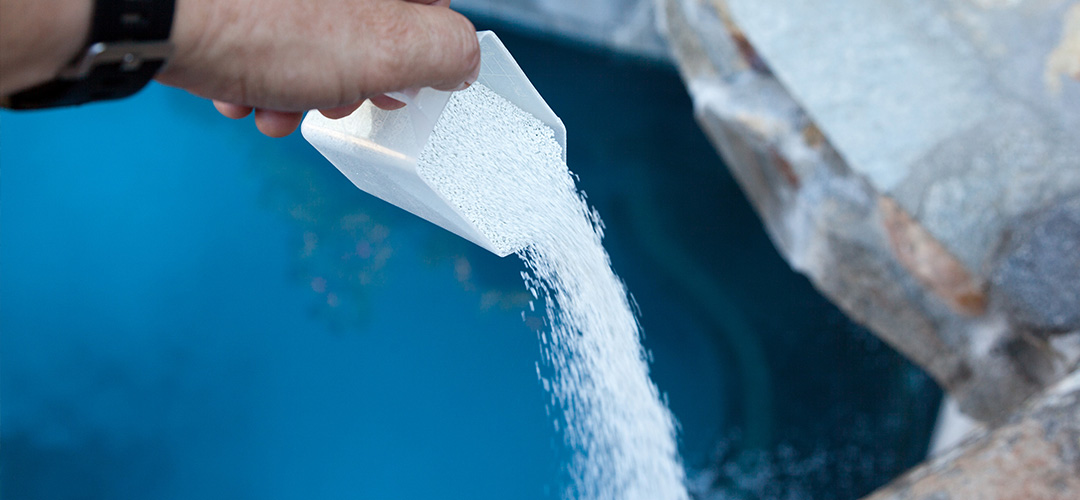One of the key aspects of pool maintenance is the regular use of pool shock to keep your pool water clean and free from harmful bacteria and algae. However, many pool owners are often unsure about how soon they can safely get back in the pool after adding shock. In this article, we will explore the factors that determine when it is safe to swim in your pool after shocking it.
What is Pool Shock?
Pool shock is a powerful chemical treatment used to sanitize pool water by killing bacteria, algae, and other contaminants. It is typically used on a weekly basis to maintain water clarity and hygiene. Pool shock comes in various forms, including liquid, granular, and powdered, and each type has its own set of instructions for application.

Credit: www.swimmingpool.com
Types of Pool Shock
There are three main types of pool shock: calcium hypochlorite, sodium dichlor, and potassium peroxymonosulfate. Each type has its own strengths and weaknesses, so it is important to choose the right type of shock for your pool based on your specific needs and preferences.
When to Shock Your Pool
It is recommended to shock your pool at night or in the evening to allow the shock treatment to work effectively without being quickly broken down by the sun’s UV rays. Shocking your pool in the evening also gives the chemicals time to circulate and fully sanitize the water before swimming.
How Soon Can You Swim After Adding Shock?
The time you need to wait before swimming in your pool after adding shock depends on the type of shock you use and the level of chlorine in the water. In general, it is recommended to wait at least 8 hours after adding shock before swimming.
Factors to Consider
Several factors influence how soon you can safely swim in your pool after adding shock. These factors include the type of shock used, the amount of shock added, the size of your pool, and the level of chlorine in the water.
General Guidelines
Here are some general guidelines to follow when determining when it is safe to swim in your pool after adding shock:
- Wait at least 8 hours after adding shock before swimming.
- Check the chlorine levels in the water to ensure they are within the recommended range for swimming.
- If the chlorine levels are too high, wait longer before swimming to allow the levels to drop to a safe range.
- Use a pool water test kit to monitor the chlorine levels and pH levels regularly.
- Follow the instructions on the shock product for the recommended waiting time before swimming.
Testing the Water
Before getting back in your pool after adding shock, it is important to test the water to ensure that the chlorine levels are within the recommended range. Using a pool water test kit, check the chlorine levels and pH levels to make sure they are safe for swimming.
:max_bytes(150000):strip_icc()/pool-GettyImages-746026237-2000-fdf1bcebc5e842758ed21f8e8f6d7054.jpg)
Credit: www.health.com
Conclusion
Adding shock to your pool is an essential part of pool maintenance to keep the water clean and free from contaminants. Knowing when it is safe to swim after adding shock is crucial to ensure the health and safety of swimmers. By following the guidelines and testing the water before swimming, you can enjoy a clean and safe pool all season long.




